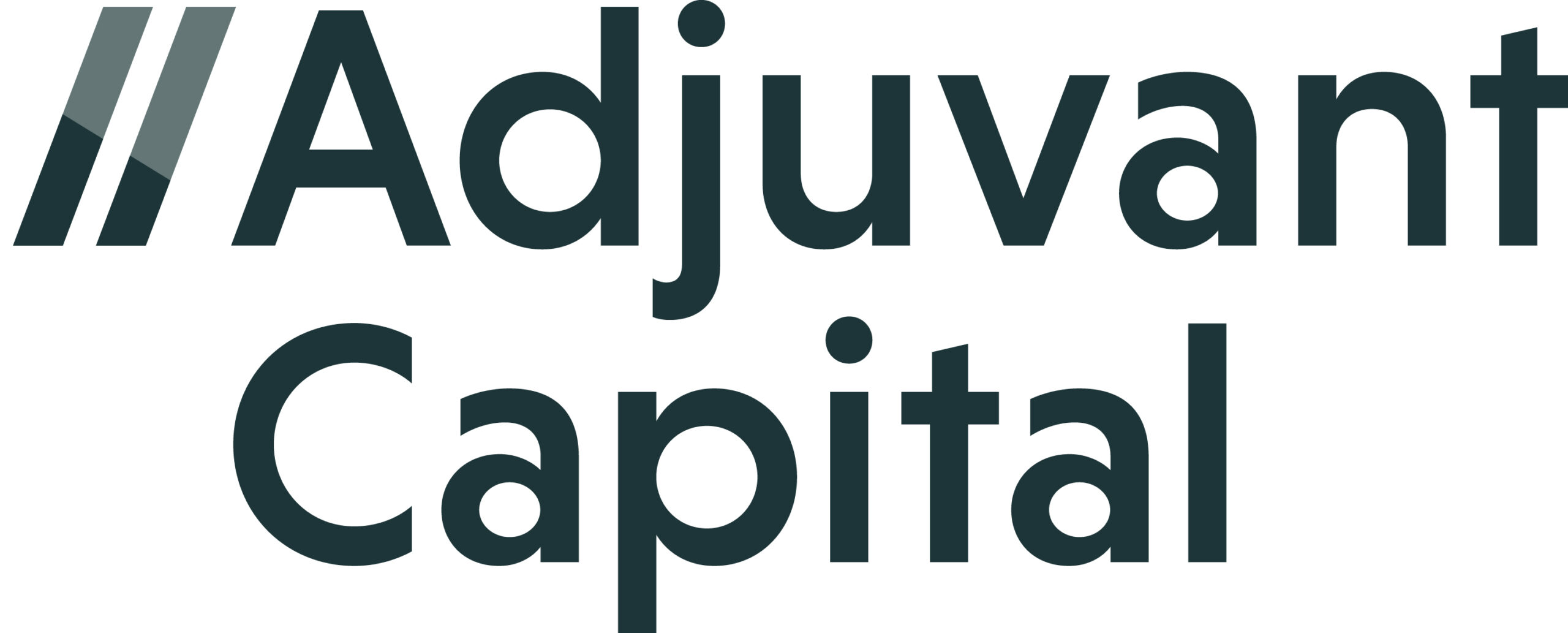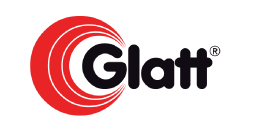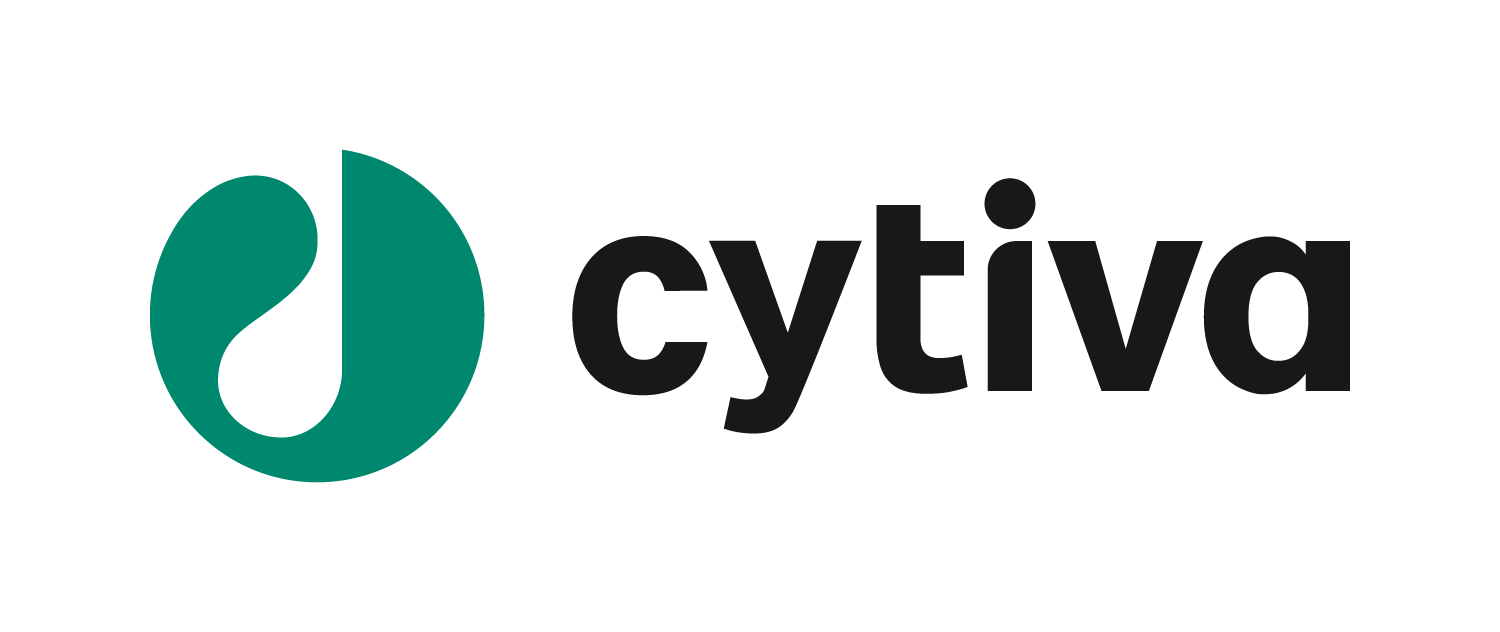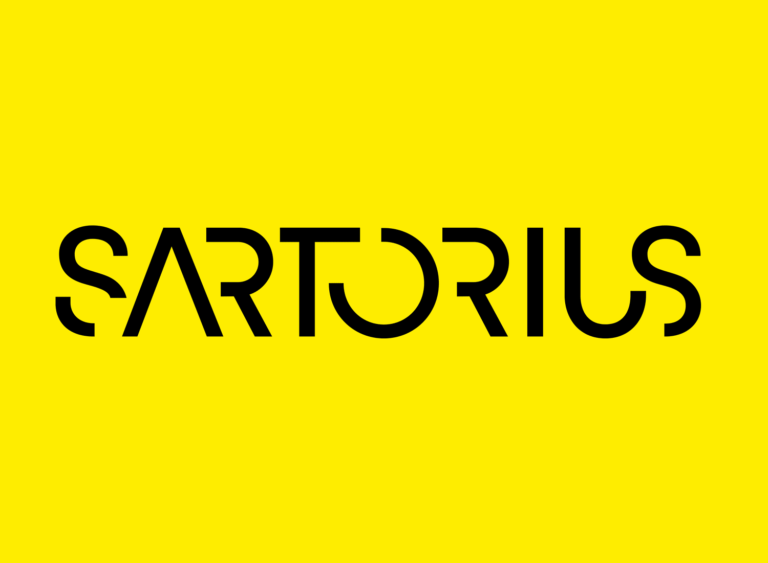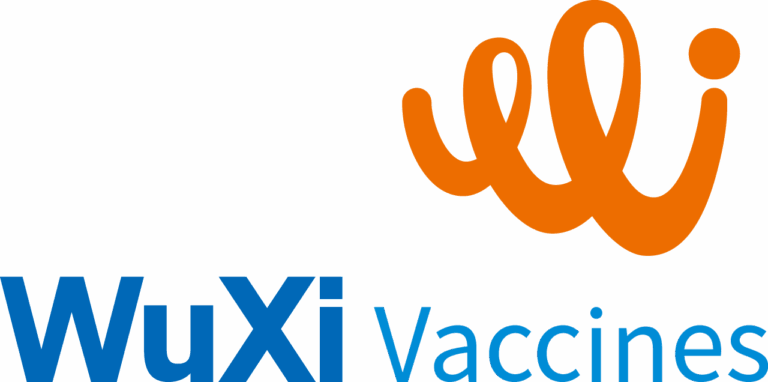REPORT
Workshop on proposal for alignment of regulatory requirements for vaccine registration at global level
Royal Manotel, Geneva
15 – 16 May 2017
Objectives
The workshop is aimed at drafting a proposal by vaccine manufacturers (DCVMN and IFPMA members) to be shared with WHO, regulatory networks and other relevant partners that will provide evidence of the diversity of regulatory requirements applicable to vaccine registration across countries and options to improve the level of alignment.
The proposal will focus on the following:
- Provide background information on the current regulatory situation for vaccine registration,
- Show similarities and differences between countries/regions in requirements for CTD submissions (modules 1-5),
- Identify and list additional specific countries’ requirements that may negatively impact the duration of the registration process, by looking at the different regulatory pathways used
- While meeting the requirements, suggest potential options to improve alignment, including (but not limited to) proposing a list of essential documents that could be advocated for by WHO and other partners for common use in all countries.
Participants profile:
Participants will be representatives from companies with prequalified vaccines supplied in the global market or companies very experienced in registration at global level. The selected staff from the companies should be experienced staff in regulatory affairs and exports
Expected Outcomes
1) At the end of the workshop participants will have
- Fully developed a table comparing modules 1 to 5 of the CTDs from selected countries and identified similarities and differences,
- Prepared a comparative table of application forms from selected countries
- Developed a proposed list of documents that are important (“essential documents”) and common to the majority of countries,
- Identified steps involved in the registration procedure in different countries and constructed a list of countries
2)At the end of the workshop, DCVMN Secretariat will have gathered the necessary information from regulatory affairs participants to allow for the development of a comprehensive proposal of actions needed in order to improve the alignment of requirements.
The proposal prepared as a result of the meeting will be further discussed with DCVMN and IFPMA members for consensus before being presented to WHO, regulators and other partners.
The working methodology will be working groups.
FINAL AGENDA
| Schedule | Topic | Speaker |
| 9h00 – 9h10 | Welcome | Sonia Pagliusi |
| 9h10 – 9h30 | Introduction | Sonia Pagliusi |
| 9h30 – 10h00 | Challenges for registration of vaccines, rationale for comparison of module 1 of CTD | Nora Dellepiane |
| 10h00 – 10h40 | Discussion | all |
| 10h40 – 11h00 | Coffee break | |
| 11h00 – 11h15 | Organising working groups and presenting working doc |
Facilitator |
| 11h15 – 13h00 | Comparison of module 1 and listing of essential documents | Working Groups 1 |
| 11h15 – 13h00 | Registration procedures in different countries | Working group 2 |
| 11h15 – 13h00 | Comparison of application forms from different countries | Working Group 3 |
| 13h00 – 14h00 | Lunch | |
| 14h00 – 15h00 | Continuation working groups | |
| 15h00- 15h30 | Coffee break | |
| 15h30 – 17h00 | Presentation by working groups | |
| 17h00 – 17h30 | Conclusions and wrap up of the day | all |
| Schedule | Topic | Speaker |
| 9h00 – 9h30 | Rationale taken for comparison of CTD modules and presenting working doc | Facilitator |
| 9h30 – 10h30 | Comparison of module 2 | Working Group 1 |
| 9h30 – 10h30 | Comparison of module 3 | Working Group 2 |
| 9h30 – 10h30 | Comparison of module 4 | Working Group 3 |
| 9h30 – 10h30 | Comparison of module 5 | Working group 3 |
| 10h30-11h00 | Coffee break | |
| 11h00 -13h00 | Continuation of working groups | |
| 13h00 – 14h00 | Lunch | |
| 14h00 – 15h30 | Presentation by working groups | |
| 15h30 – 16h00 | Coffee break | |
| 16h00 – 17h00 | Ideas for proposal on potential for alignment Rapporteur | |
| 17h00 – 17h30 | Conclusions and wrap up of the workshop | Sonia Pagliusi |
Outcomes
This was the first time that DCVMN organizes a workshop with member companies to strategize on a specific topic, in this specific case the challenges faced for the registration of vaccines in receiving countries. Furthermore, it was also the first time in which member companies from DCVMN and from IFPMA work together (working groups) to analyse the specific issues and to find possible solutions. Having identified the major problems with the CTD and other country specific requirements for registration of vaccines, the participants further investigated options that could potentially help improve the situation and strategies to communicate such options to the relevant partners.
Identification of issues
The participants were organized in three working groups, each of which included at least one IFPM member. The working groups based their analysis on the tables provided by DCVMN secretariat which reflected the comparison of CTD requirements between selected countries/ regions (ICH, PAHO, ASEAN, India, Jordan, Australia, Europe and Thailand). The groups analysed a) differences between module 1 for the said countries, b) compared the application forms imposed by some of these and other countries and c) listed specific requirements from many countries. The second part of the workshop was dedicated to the analysis of similarities and differences between countries for the other four modules of the CTD (modules 2 to 5).
Groups concluded that the tables reflected correctly the requirements imposed by the different countries and gave a good indication of similarities and differences . The tables presented to the participants highlighted requirements that were “identical”, “similar” or completely “different”. The distinction between identical and similar was based on slight differences in the headings, while the expected content was the same. It was agreed by the participants that “identical” and “similar” would be grouped together, since the contents expected under such headings were basically the same. Therefore, the comparison would include just two groups: similar and different.
The groups also noted that there were significant differences in numbering used by the different country authorities, which results in confusion. They concluded that aiming for some harmonization at the level of numbering would already represent a significant improvement with respect to the current situation.
Group 1, responsible for the review of module 1 considered that the countries included were not representative of the whole globe and added other countries, particularly to include the African region, Gulf Coast Concerns, US, and China in the analysis. The data provided by this group will be included in the table and the calculation of similarities and differences re done as well as the graphs and charts.
Group 3 performed an analysis and comparison of the application forms from Egypt, European Union, GCC, Indonesia, Iran, Iraq, Jordan and United Arab Emirates revealed a diversity of requirements. The group concluded that proposing a harmonized application form would be a worth investment.
Group 2 focused on gathering information about other country requirements for the registration process and provided a list. It was suggested to include this information as part of the paper that will be published, to show yet other differences that make the registration submissions even more complex and country specific.
Proposals
It was agreed that all the information gathered during the workshop would be put together and the analysis work completed. This information would be circulated to participants for comments and once it is agreed, the second step would be the preparation of a paper reflecting the outcomes of the workshop for publication in a peer review journal. Simultaneously with the development of the paper, a presentation in powerpoint would be prepared. Both these tools (publication and presentation) would be used as advocacy tools to explain the challenges that manufacturers face for registration of vaccines and how these constraints impact access to these products.
The group would then prepare a proposal of “options for improvement”, which would include among other suggestions
a) harmonized numbering for all CTDs
b) Model application form if adequate resources are obtained. This form would contain the list of documents that are essential and need to be provided to all countries
Steps to be completed in advance to the proposal development
1) Propose a numbering system for module 1 (Mic)
2) Revision of the first three columns of modules 3, 4 and 5 (groups 2 and 3)
3) Update the excel tables and charts (Nora)
4) Prepare a first draft of the paper (Nora) by 30 June
5) Circulate paper for comments by 30 June
6) Organize a Webinar by 11 July
7) Prepare a concrete proposal and presentation as second step (after publication of part I, which states the problems)
Proposed strategy to advocate for change
Approach the maximum number of stakeholders possible with publication and presentation to increase the awareness about the magnitude of the problem.
1) Key implementation partners
ICH, WHO, Economic Blocks, APEC, GCC, ASEAN, PANDRH, AVAREF, and other regulatory networks
2) Key advocacy partners
DIA, ICDRA, NEPAD, UNICEF, MSF, PATH, BMGF, GAVI, etc
